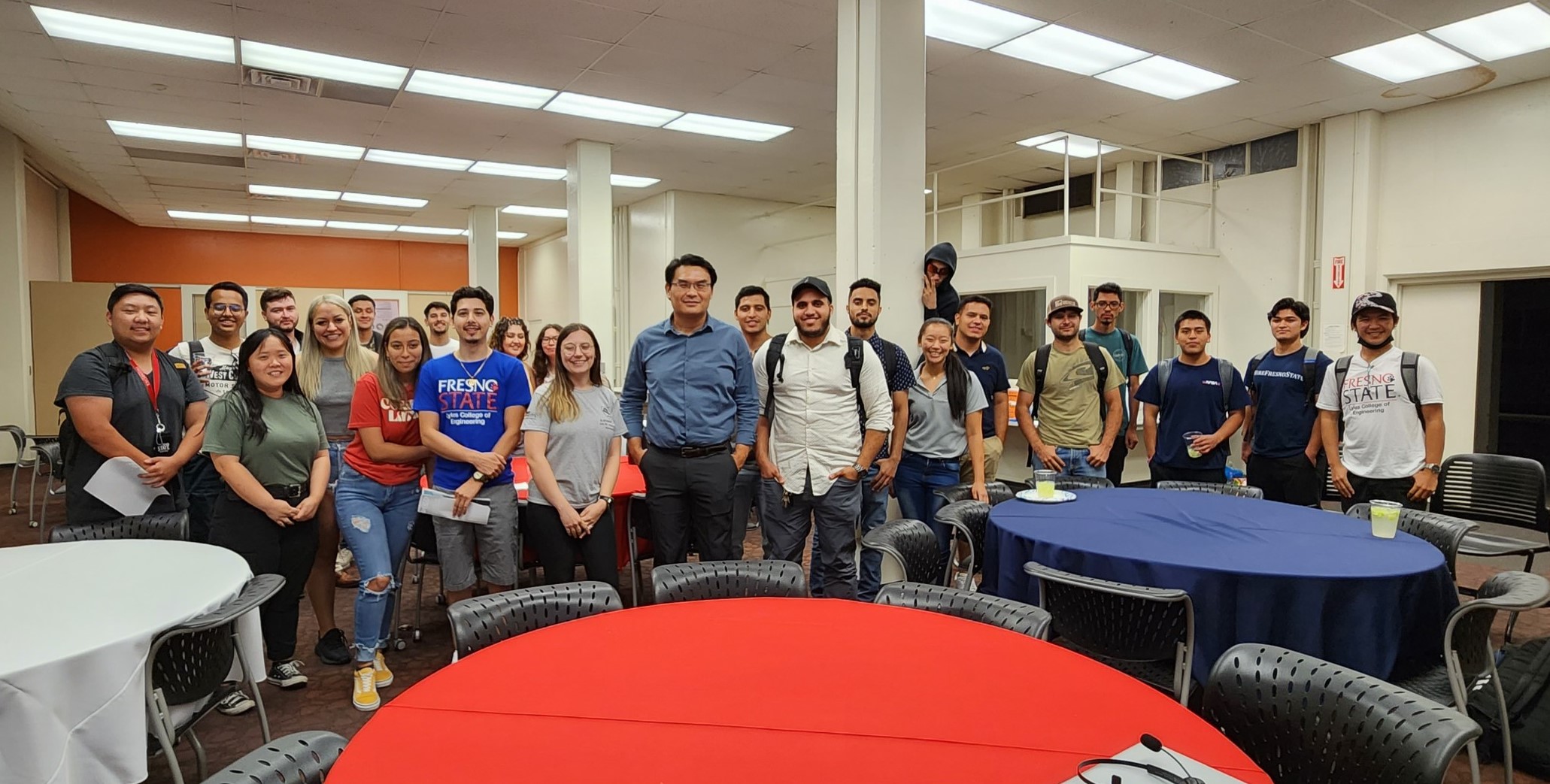Civil Engineering
Educating Students about Railroad Engineering / Industry
Railroad plays a key role in US economy (RAILROAD 101 from the Association of American Railroads). This 80-plus-billion-dollar industry operates on more than 140,000 miles of railroad tracks, traversing the entire US.
There are three types of rail systems operate on our national rail network:
- Intercity Passenger Rail – The intercity passenger rail, primarily the Amtrak’s intercity passenger service rail, connects people from one city to another.
- Commuter Rail – The commuter rail is another form of passenger rail, operating within a metropolitan area.
- Freight Rail – The freight rail, largest of the three rail system types, operates across the entire North America rail network (including Canada). This sector is serviced by approximately 630 privately-owned railroad operators. There are two major categories of freight railroads:
- Class I – Class I operators generate an annual revenue of more than $500m per the Surface Transportation Board. Currently, there are seven Class I railroad operators in the North America network: Amtrak, BNSF, Canadian National Railway, Canadian Pacific Railway, CSX Transportation, Kansas City Southern Railway, Norfolk Southern Railway, and Union Pacific Railroad
- Short Line (Class II and Class III) – These are operators generating less than $500m annual revenue. The short lines operate on approximately 45,000 miles of tracks in 49 states.

Picture 1 – On October 6, 2022, Dr. Ching Chiaw Choo visited ASCE Student Chapter
and gave a presentation on railroad to the group.

Picture 2 – As a part of education and outreach about railroad engineering/industry,
Dr. Ching Chiaw Choo visited classrooms of middle- and high-school in the local community.